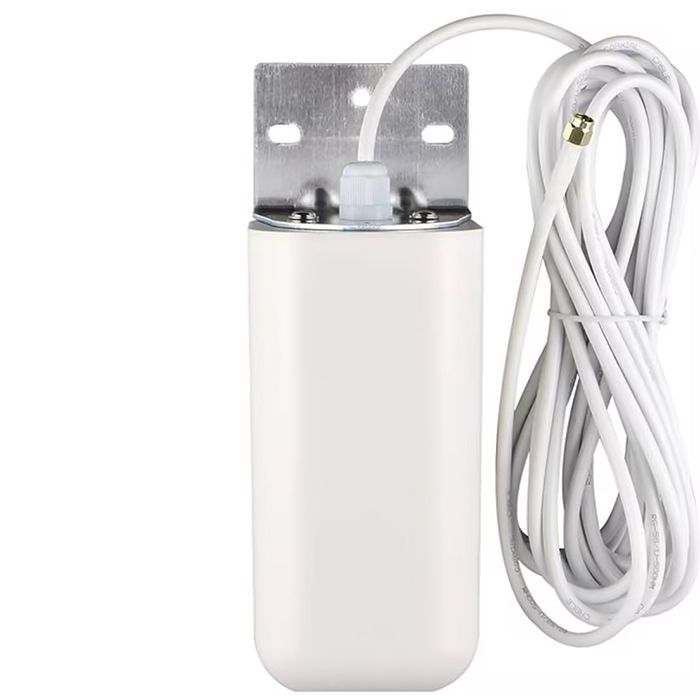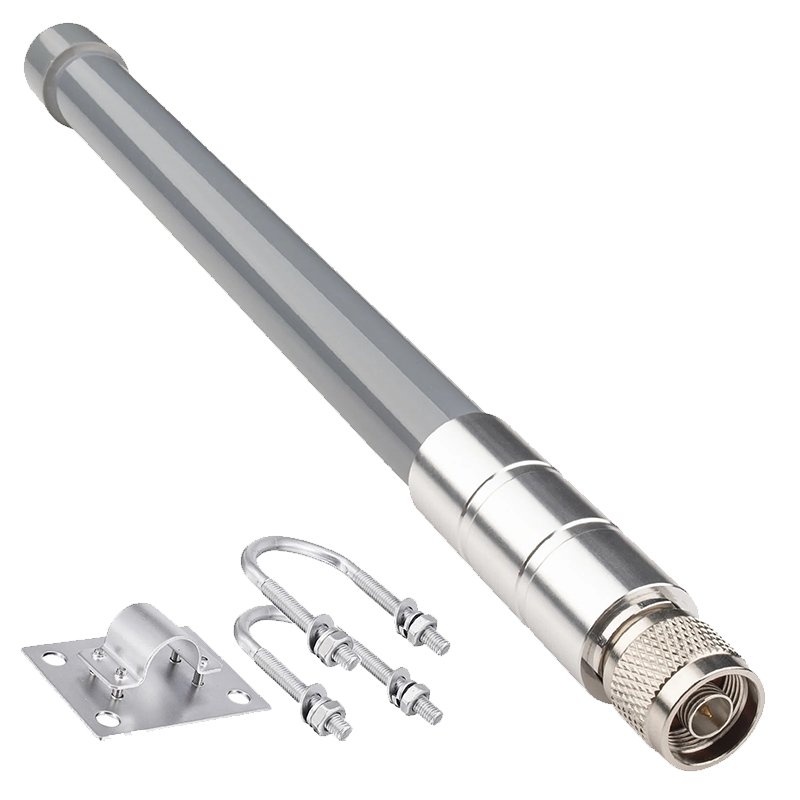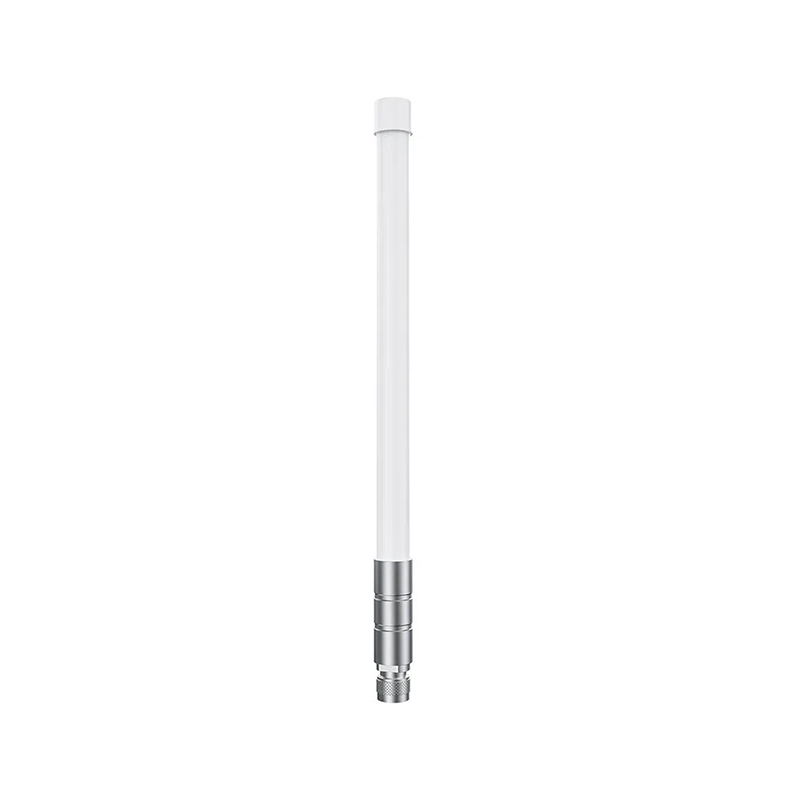- Home
- Service
- Product Center
- Application
- About Us
- Videos
- News
- Contact Us


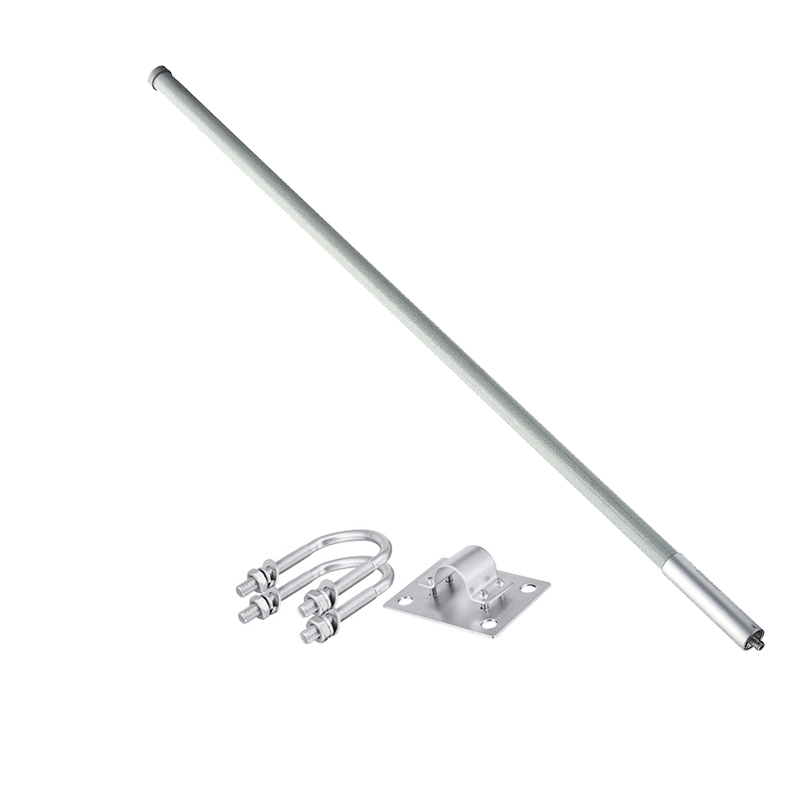

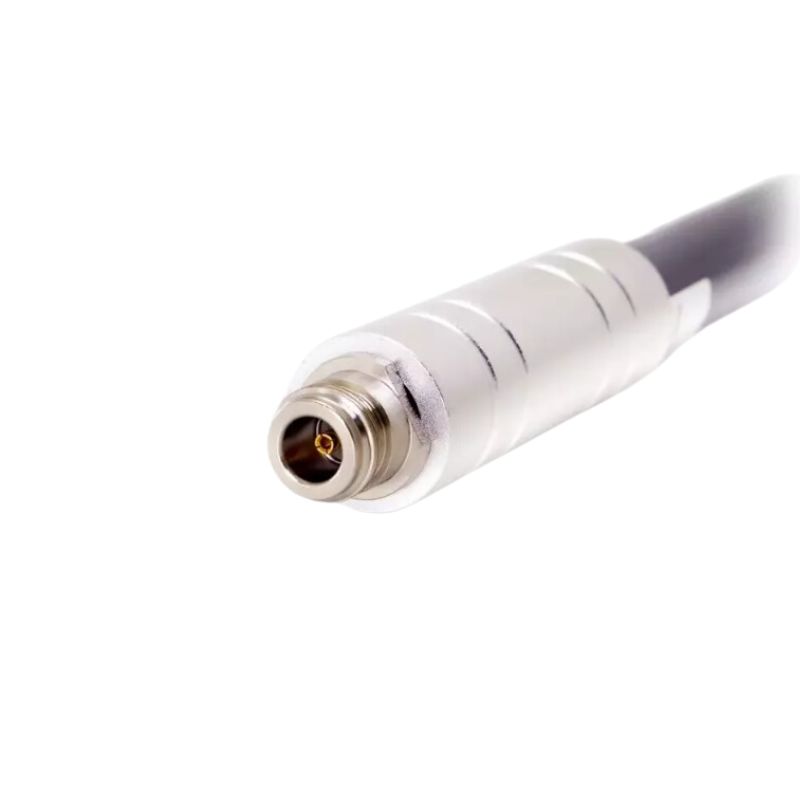
Our fiberglass epoxy Antenna is a durable, lightweight, and weather-resistant communication device designed for reliable signal transmission.
Model No.: fiberglass epoxy Antenna
Frequency Range(MHz): 690-960 & 1710-2690 & 3300-3800 & 4800-5000 Mhz
V.S.W.R: ≤2.0
Gain: 11 dBi
Center frequency characteristic impedance (Ω): 50
Connector Type: N
An Epoxy Fiberglass Antenna is a robust, high-performance antenna constructed using a fiberglass substrate sealed with epoxy resin. This combination creates an extremely durable and weather-resistant unit, capable of withstanding harsh environmental conditions like moisture, UV exposure, and physical impact. Known for excellent signal stability and a long operational lifespan, these antennas are widely used in critical telecommunications, military, marine, and industrial applications where reliability is paramount.
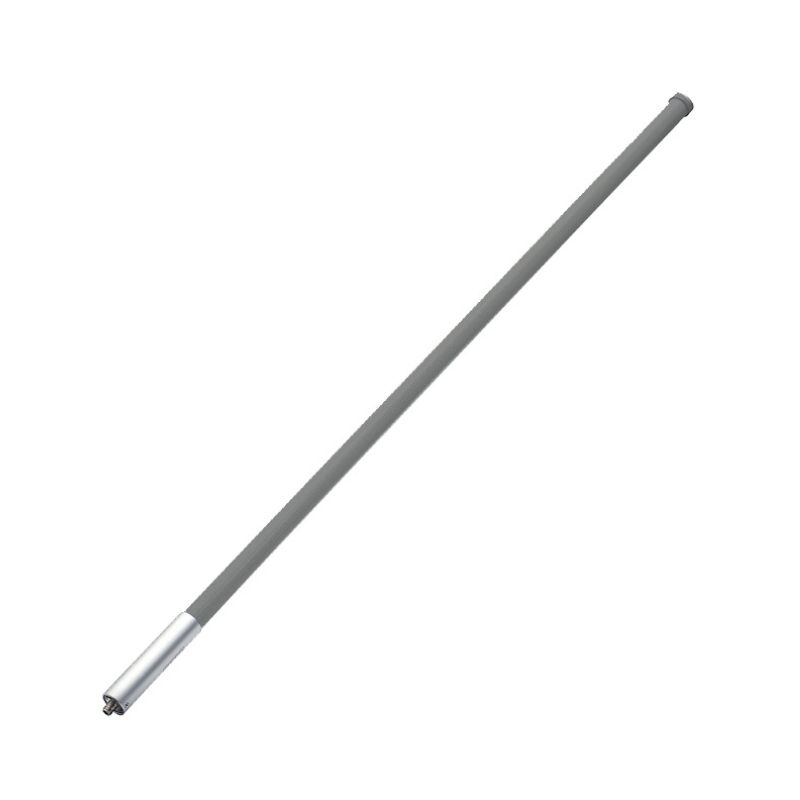
Glass Fiber: Serves as the core substrate of the antenna housing, manufactured via continuous fiber weaving or compression molding. It boasts high strength (tensile strength up to 2000MPa+), low specific gravity (approximately 2.5g/cm³), and excellent dimensional stability, capable of withstanding long-term mechanical impacts in outdoor environments.
Epoxy Resin: Adopts weather-resistant modified epoxy resin (such as bisphenol A type and phenolic type), combining strong adhesion, insulation, and anti-aging properties. With a stable dielectric constant (typically 3.0-4.5), it does not interfere with antenna signal transmission.
Housing Layer: Formed by compound molding of glass fiber cloth and epoxy resin through compression or winding processes, with a thickness usually ranging from 1.5mm to 5mm. The surface can be additionally coated with an anti-UV layer to further enhance weather resistance.
Internal Structure: The core radiating element (copper or aluminum oscillator) is fully encapsulated or embedded in the glass fiber matrix with epoxy resin, ensuring both signal radiation efficiency and mechanical protection.
Interface Design: Equipped with standard RF connectors (such as N-type and SMA-type) at the bottom. The interface is sealed with epoxy resin to prevent moisture intrusion and ensure stable electrical connection.
Offers wide frequency coverage, with mainstream models covering the entire Sub-6GHz band, including:
1. Low Frequency Band: 690-960MHz (compatible with 2G, 3G, and IoT wide-area communication);
2. Mid-High Frequency Band: 1710-2690MHz (compatible with 4G and partial 5G NSA bands);
3. Ultra-High Frequency Band: 3300-3800MHz (5G SA core band), 4800-5000MHz (5G millimeter-wave auxiliary band).
Some customized models support multi-band integration design, covering 2-3 core bands simultaneously to meet multi-system compatibility requirements.
High Gain: Gain ranges from 3dBi (omnidirectional type) to 11dBi (directional type) depending on antenna size and design. Directional models enable focused signal transmission, effectively improving long-distance communication quality.
Low VSWR: Typical VSWR ≤1.5 (≤1.2 for some high-end models), far exceeding the industry general standard (≤2.0). It minimizes signal reflection loss, achieving a transmission efficiency of over 90%.
Impedance Matching: Standard impedance of 50Ω, perfectly compatible with mainstream RF transmission lines (such as RG-58 and RG-174) without the need for additional matching components.
Weather Resistance: Operates stably in extreme temperatures ranging from -40℃ to +55℃, holding IP65 or higher protection rating. It is waterproof, dustproof, and salt-fog corrosion resistant.
Anti-Interference: The non-metallic base materials (glass fiber + epoxy resin) do not cause electromagnetic shielding. With stable dielectric properties, it is less susceptible to external electromagnetic interference and features high signal reception sensitivity.
Mechanical Reliability: Wind load resistance up to 25m/s (approximately Force 10 wind) and impact resistance ≥10J, suitable for long-term outdoor exposure or vibration environments such as vehicle-mounted applications.
| Frequency Range(MHz) | 690-960 & 1710-2690bf 3300-3800 & 4800-5000 Mhz |
| Impedance(Ω) | 50 |
| Gain | 11 |
| V.S.W.R | ≤ 2.0 |
| Connector Type | N Connector |
| Max. Power | 100 W |
Epoxy fiberglass antennas are widely used in various communication scenarios due to their excellent performance in signal transmission, environmental adaptability, and mechanical reliability. Below are their key application areas with detailed descriptions:
Suitable for base stations of 2G, 3G, 4G, and 5G cellular networks, including urban macro base stations, suburban micro base stations, and rural coverage base stations.
Its wide frequency coverage and high gain effectively expand signal coverage radius, improve signal strength in weak areas, and enhance network capacity to support more concurrent user connections.
The weather-resistant and corrosion-resistant properties ensure stable operation even in harsh outdoor environments such as high altitudes, coastal areas, and humid regions.
Applied to various IoT terminal devices and gateway equipment, covering smart cities, smart agriculture, smart logistics, and industrial IoT scenarios.
Provides stable and reliable long-distance signal transmission for IoT devices such as environmental sensors, intelligent monitoring cameras, asset trackers, and agricultural monitoring terminals.
The lightweight and small-size design (adaptable to customized shapes) allows easy integration into various IoT devices without occupying excessive space.
A core supporting component in 5G network construction, including indoor and outdoor 5G small cells, enterprise private 5G networks, and industrial 5G deployments.
Matches the high-frequency characteristics of 5G signals, with low VSWR and high transmission efficiency to meet the requirements of 5G high-speed data transmission and low latency.
Suitable for scenarios such as 5G smart factories, 5G smart ports, and 5G emergency communication vehicles, supporting high-bandwidth applications like real-time video transmission and remote control.
Installed on various vehicles, including commercial vehicles, emergency vehicles, engineering vehicles, and ships, for vehicle-mounted communication, navigation, and positioning systems.
Resists vibration, impact, and extreme temperature changes during vehicle movement, ensuring stable signal connection for in-vehicle infotainment, fleet management, and remote monitoring.
Compatible with vehicle-mounted 4G/5G modules and GPS/BDS positioning systems, realizing seamless connection between vehicles and the cloud platform.
Used in industrial sites such as power plants, oil refineries, and mining areas, providing reliable communication links for industrial control systems, remote monitoring equipment, and personnel positioning devices.
Adaptable to harsh industrial environments with dust, humidity, and chemical corrosion, maintaining stable performance in long-term operation.
Applied to outdoor communication facilities such as outdoor wireless AP, emergency communication stations, and disaster relief communication equipment, supporting rapid deployment and stable signal transmission.
Suitable for marine communication equipment such as ships, offshore platforms, and coastal monitoring stations, resisting salt spray corrosion and high humidity in marine environments.
Supports marine satellite communication, VHF communication, and marine IoT data transmission, ensuring smooth communication between ships, between ships and the shore, and between offshore facilities and the land.
A: It may be due to blocked installation, mismatched gain, or loose connections. Install the antenna in an open high position, select the appropriate gain model, re-tighten RF connectors, and replace damaged transmission lines.
A: Common reasons include high VSWR (impedance mismatch), electromagnetic interference, or insufficient weather resistance. Test and adjust with a VSWR meter, keep the antenna away from high-power devices, and choose IP65+ rated products for harsh environments.
A: Looseness is caused by inadequate base fixing or improper brackets. Use high-strength anti-loose brackets and bolts; add shock-absorbing accessories for vehicle-mounted applications, and regularly inspect and tighten fasteners.
A: Damage results from collision, extreme weather, or corrosion. Use protective packaging during transportation, install protective covers outdoors, select anti-UV/corrosion models, and replace cracked antennas immediately to avoid internal component damage.
A: It’s because the operating temperature exceeds the -40℃~+55℃ range. Choose antennas specialized for extreme temperatures, add thermal insulation/dissipation accessories, and avoid prolonged direct sunlight exposure.
A: Corrosion is caused by salt spray and high humidity. Select marine-grade anti-salt spray models, clean the surface with fresh water regularly, and use corrosion-resistant RF connectors.
A: Mismatched impedance (non-50Ω), inconsistent frequency bands, or incorrect connector types. Confirm device parameters first, select matching antennas, or use low-loss adapters if needed.
A: Interference from nearby metal surfaces or inappropriate bandwidth. Avoid installing near large metal objects, choose wide-band models that cover the required frequency range, and conduct on-site signal testing after installation.
